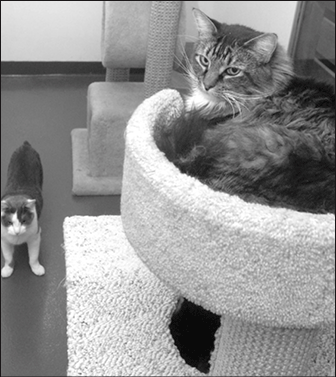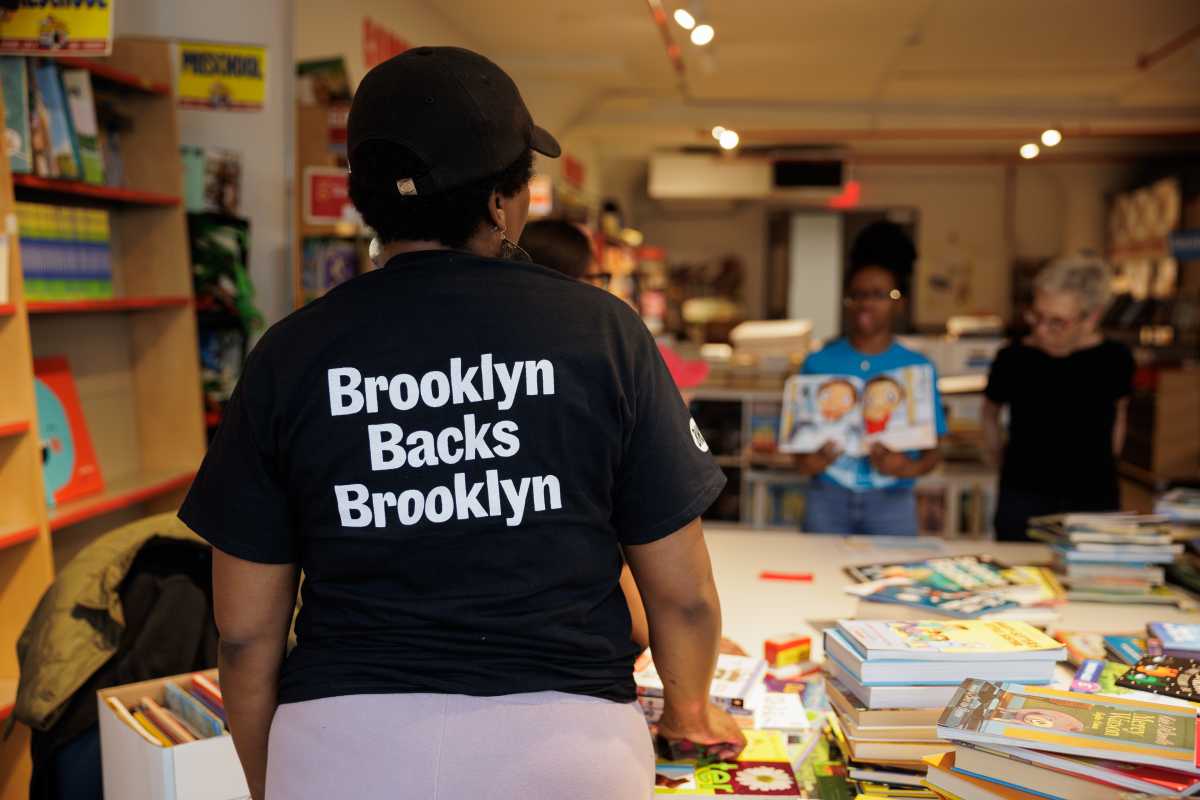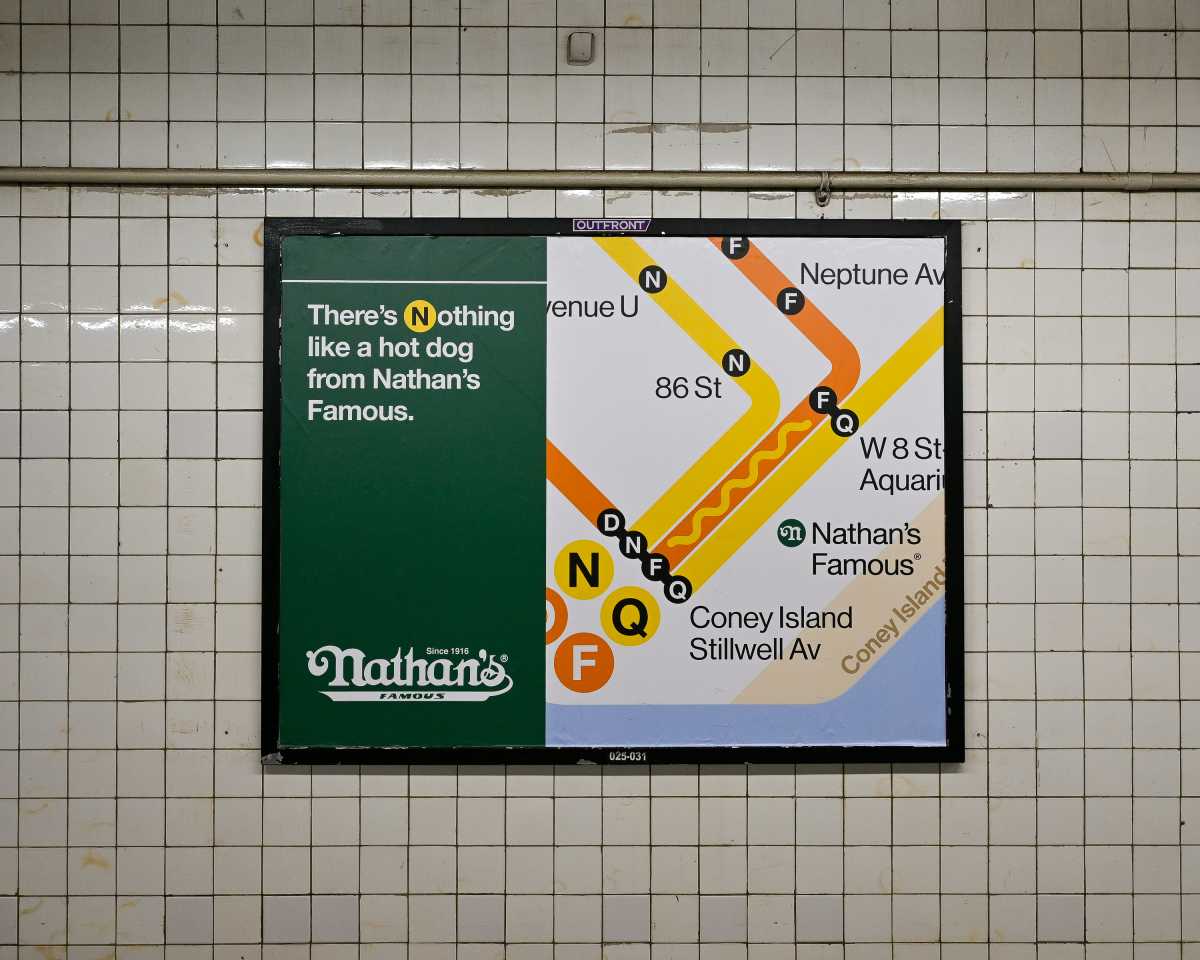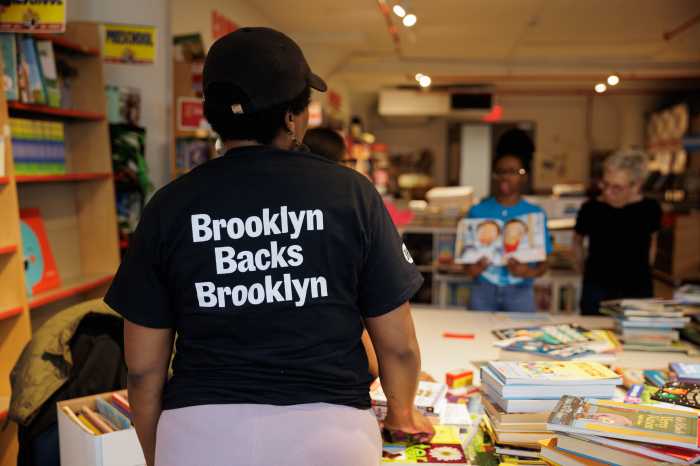By Sebastian Kahnert
Ophelia is on display in the storefront window of Animal Haven Soho, basking in the warm afternoon sun and chewing on a beef tendon while passers-by stop and peek inside.
Minutes later, a dog-walker is taking Ophelia — a five-month-old pit bull mix — off her pedestal, dresses her up in a bright orange vest that reads “Adopt Me” in bold black letters, and rushes out on Centre St. for her daily walk.
“The vest helps to get people interested in our adoption program,” said Animal Haven employee Sandi Schiffman, pointing out that Ophelia has just recently found a new home, “and it works really well on nice days when a lot of people are outside.”
There are very few animal shelters in Lower Manhattan and two — Animal Haven and New York Pet-I-Care — are both local no-kill shelters only 10 blocks apart, but they are almost a world away.
Animal Haven Soho is a chic shelter on 251 Centre St. with a posh store front and design interior that partly subsidizes its adoption program through an upscale pet store.
With its main branch in Queens, which normally houses 40 dogs and 200 cats, Animal Haven handpicked five dogs, which were up for adoption on a recent visit, along with nine cats.
Since the shelter’s opening last October, the average waiting time for a dog or cat to find a new home is one to two weeks, “which is great and a result of Animal Haven Soho being in a such a high-traffic area,” Animal Haven associate director Jennifer Bristol said.
Classical music from Bach, Chopin, and Mozart fills the basement, where the dogs are kept in separate cubicles.
There’s Candi, a 2-month-old Labrador mix puppy the size of a women’s purse. Candi plods around on plush blankets, seemingly unimpressed by the excitement her neighbor London is spreading — a one-year-old shepherd mix who’s apparently immune against the soothing tunes.
“Some dogs need it, some dogs don’t,” Bristol said of the music that is on 24 hours a day to calm down the dogs.
Upstairs behind the counter, two spacious rooms with glass walls are home to the cats. Three-year-old Rodney is scratching his gray and white fur, towering atop a birch kitty tower while his roommates, Plaxico and Rumple, are curiously lurking out of a hideaway box.
While Animal Haven keeps its cats and dogs separated, Pet-I-Care on the Lower East Side leaves the doors open and cages unlocked. The unconventional shelter is hidden in the basement of East Village Veterinarian on 241 Eldridge St., a private practice that specializes in surgery and homeopathy.
About 16 cats and five dogs mingled there like peas and carrots, and drowsy dogs snoozed right next to rowdy kittens. The basement leads into a spacious backyard, which helps to get the dogs housebroken before adoption, said Marilyn J. Teres, president and founder of Pet-I-Care.
Having on-site veterinarian service helps Pet-I-Care to prep its dogs and cats for adoption after rescuing them from kill-shelters.
“Nobody goes out who is not fixed and healthy,” said Teres, whose husband Dr. Paul G. Cavanagh works as a veterinarian on site.
Even after adoption, a pet from Pet-I-Care receives free surgery at the East Village Veterinarian for life, Teres said.
Instead of Bach, Santana’s “Black Magic Woman” is playing in Baxter, Batman, and Boo’s room — three kittens that were recently rescued from the streets. They still seem a little shy and Teres explained that newbies are given time to adjust to the new and sometimes bohemian surroundings before they can roam.
Every pet becomes part of the Pet-I-Care family that comprises the employee’s pets as well. There’s Taco, a Chihuahua who has been adopted by veterinarian Dr. Pete Schaubhut but still spends his days at the shelter and goes home at night.
Even though kittens are adopted quicker, one cat stayed for 12 months before finding a new home. But spending some time in a big family among fellow playmates with plenty of space to retreat makes the stay worthwhile.
And when it’s time to leave, some find it easier than others.
“We get really attached to our animals,” Teres explained, “what can I say.”


































